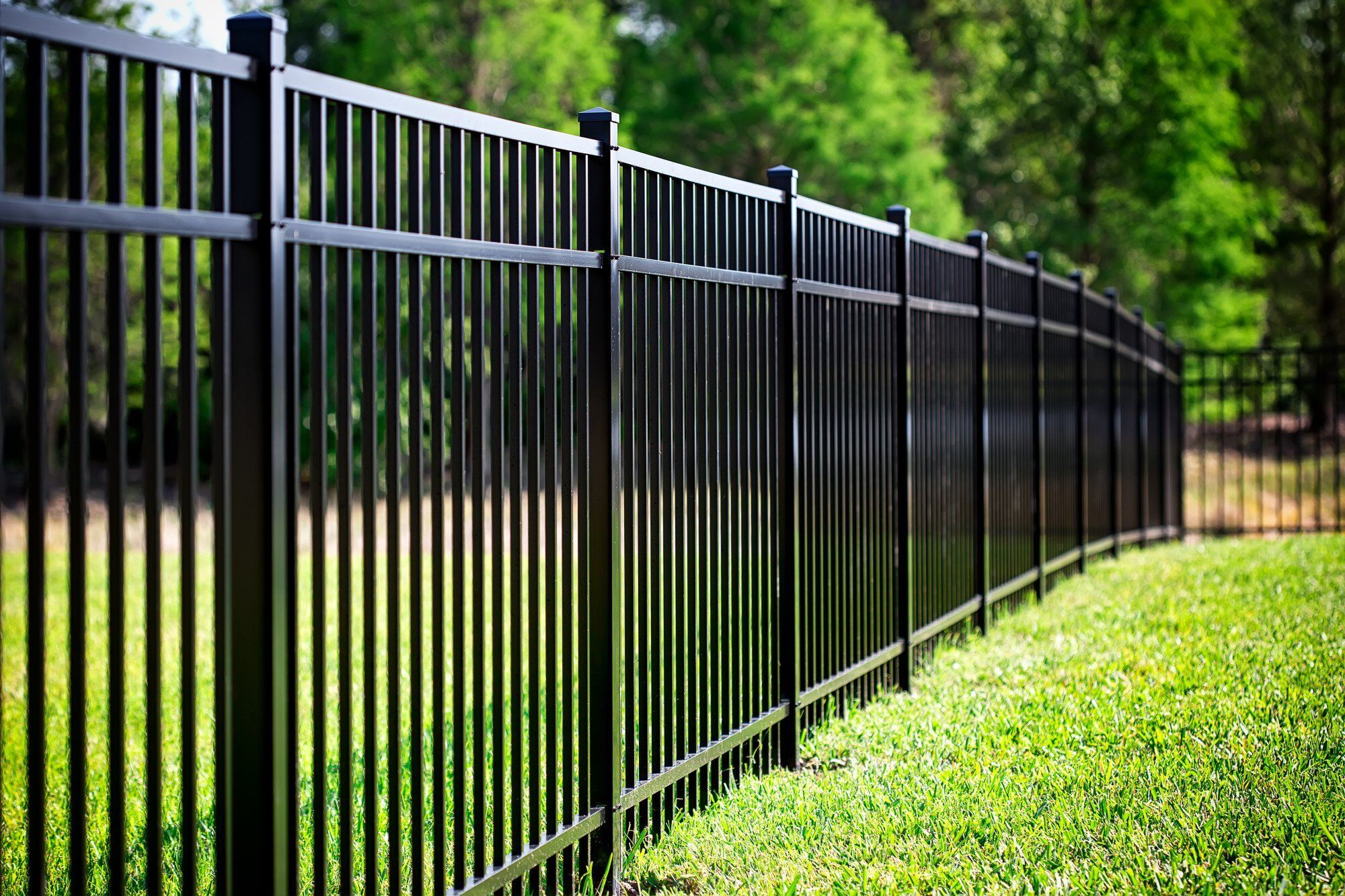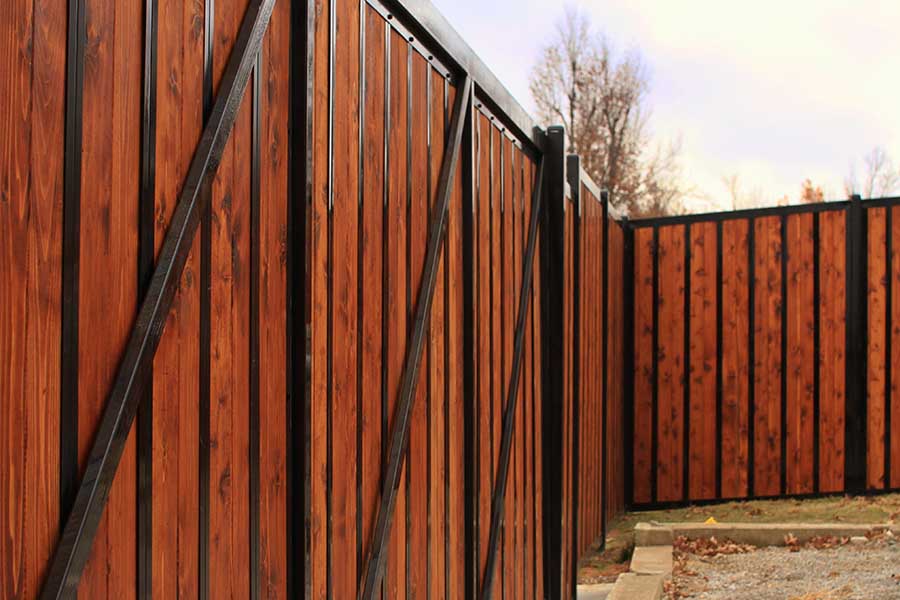All Categories
Featured

When planning a new fence for your home, it's simple to focus on the fundamental prices-- products, installment, and labor. Below's a guide to some of the most common concealed expenses to take into consideration when budgeting for your fence project.
- Permit Costs and Lawful Needs. Before you start digging, it is necessary to examine if your location calls for an authorization to install a fencing. Numerous communities have zoning regulations that control fencing height, material, and placement, particularly if you're developing near a residential or commercial property line or in a community with a Homeowners' Organization (HOA) These guidelines ensure the fence fulfills neighborhood requirements, but they also come with associated costs.
Price variety: $50 to $500, relying on your place and the complexity of your project. 2. Fencing Elimination and Disposal. , if you're replacing an existing fence, elimination and disposal of the old framework is an additional expenditure that can easily be neglected.. Fencing elimination usually entails disassembling the old fencing, hauling away the materials, and taking care of them correctly. Disposal charges can vary, particularly if the old products call for special delivery, such as treated wood or steel.

Expense variety: $2 to $10 per direct foot for removal and disposal, depending upon the materials. 3. Land Preparation and Excavation. If the land where your fence is being installed is unequal, rough, or covered in plants, it may require to be removed or leveled. Grading or excavation prices can include to your complete project costs, particularly if you're setting up posts in hard-to-dig dirt.
Cost range: $300 to $2,000, relying on the website's problem. 4. Energy Line Recognition and Changes. Before digging, it's critical to ensure that no below ground utilities, like water, gas, or electrical lines, will be disturbed during the installment. Many specialists will certainly speak to utility firms to note these lines, however there can be added prices if changes are required to prevent harmful existing framework.
Price array: $100 to $500, relying on whether adjustments are essential. 5. Personalized Features and Upgrades. While your basic fence might include standard products, you could want to include customized features like gateways, ornamental panels, or incorporated lights. Automatic entrances or protection systems are specifically expensive and need specialist setup. Including these additionals increases the complete price of your fence, so make sure to factor them right into your spending plan.

Expense range: $100 to $1,500+ for gateways or attributes, relying on dimension and complexity. 6. Distribution and Transport Costs. Depending on where your products are sourced, you might be billed a separate distribution fee for carrying the fencing products to your residential property. This is particularly common with large or heavy orders, such as timber panels or steel secure fencing. Delivery prices can likewise vary based on the range in between the supplier and your location.
Cost range: $50 to $300 for delivery, depending on distance and the amount of products. 7. Upkeep Costs In Time. Several kinds of fences, especially wood fences, need recurring maintenance to remain in great problem. Routine jobs like discoloration, sealing, and cleaning will certainly assist extend the life of your fencing. Some materials, such as vinyl or steel, might be extra low-maintenance however can still incur prices for repairs or replacements if damaged.
Yearly expense array: $50 to $300 for maintenance, relying on material and climate. 8. Climate Delays. Mother earth doesn't always coordinate with your timeline. If your installment is postponed by bad weather, such as rain or severe heat, you may face additional labor costs if employees need to go back to finish the task at a later time. Delays can additionally expand the task timeline, pushing back when the fence awaits use.
Price variety: Variable, depending on for how long the hold-up lasts. 9. Property Line Disputes. Setting up a fencing near to your residential property line can in some cases cause disagreements with neighbors. If your border is uncertain, it might be required to work with an expert surveyor to verify the home line prior to installation. This extra action guarantees you will not accidentally elbow in on your neighbor's land, yet it includes added expenses.
Expense range: $400 to $1,000 for a home survey, depending on your area. 10. Dirt and Ground Conditions. Specific dirt kinds can present challenges throughout installation. If your building has rocky, compressed, or clay-based dirt, digging holes for messages can be a lot more challenging, needing specialized equipment or even more time to finish. Harder ground conditions may additionally demand the use of concrete or other reinforcing products for included stability.
Expense array: $100 to $500 for tools or extra labor. Verdict. Permits, site prep work, old fencing elimination, energy adjustments, and personalized functions can all include up. By accounting for these concealed expenses, you can guarantee that your secure fencing job stays within budget and is completed without unforeseen monetary surprises.
Latest Posts
Experience the Style of Hardwood Flooring with Carpet Interiors Floor & Home
Published Apr 20, 25
1 min read
The Growing Appeal of Electric Vehicles: A Smart Propose Today's Drivers
Published Apr 20, 25
1 min read
Flooring Professionals That Treat You Like Family
Published Apr 20, 25
1 min read
More
Latest Posts
Experience the Style of Hardwood Flooring with Carpet Interiors Floor & Home
Published Apr 20, 25
1 min read
The Growing Appeal of Electric Vehicles: A Smart Propose Today's Drivers
Published Apr 20, 25
1 min read
Flooring Professionals That Treat You Like Family
Published Apr 20, 25
1 min read